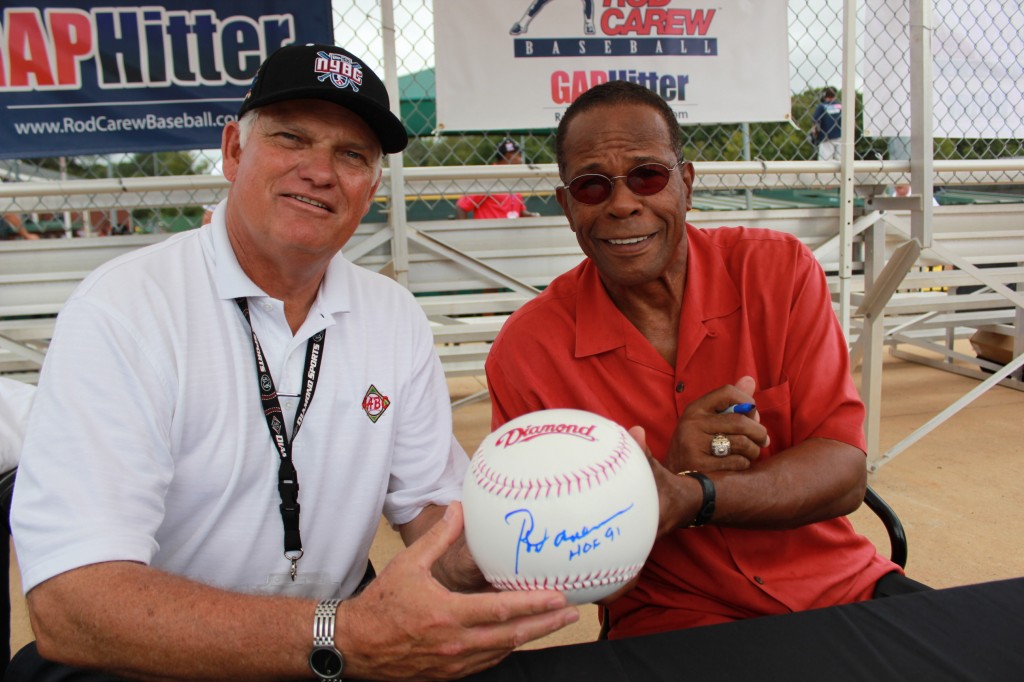The very prospect of picking up the rotation of a baseball only 55 feet away from you normally traveling in excess of 90 mph is quite a daunting task. Not to mention that very few players, especially at the lower levels of the game, know what to look for – even if they are looking.
Reading the spin of different pitches is a science that doesn’t come easy. But once you begin to understand it, you’re game will show it.
FASTBALL
A fastball is offered in two ways – with either the fingers gripping the ball across the seams or gripping the ball with the seams (the former being called a “four-seamer,” and the latter being a “two-seamer”). Both pitches share the same trait in that they are spinning upward or toward the pitcher. The upward spin also causes the ball to rise. Perhaps the best way to tell the difference between the two is in color – yes, color – and the amount of rise. A two-seam fastball will appear “lighter” in color because you will see only two seams spinning rather than all four and it will not rise as much as the four-seamer.
CURVEBALL
When properly thrown, the curveball will sink – just the opposite of the fastball. The downward spin happens when the pitcher comes straight over the top on his release and pulls the ball down. And if you look hard enough, you’ll also notice the spin on the curve will appear looser and more visible than the fastball. The reasoning behind this is a pitcher simply can’t throw the curve as hard as the fastball. In the case of a pitcher who releases at a three-quarter release, rather than over the top, is that the curve will angle slightly from the 2-o’clock position when thrown by a righty and a the 10-o’clock position when thrown by a lefty.
SLIDER
The slider is a difficult pitch to read because different pitchers throw it from different locations. The largest difference between the slider and the curve is that the slider has a faster spin and has a sudden, horizontal movement. Many batters pick up the optical illusion of a small dot caused by the tight, downward cross-seam spin, which is a helpful tool. Another thing to remember is that it’s thrown faster than a curve, but slower than a fastball.
CHANGE-UP
A solid change will always be thrown with the same motion, release point and arm speed as the fastball, with the difference being the velocity. There’s also a variation of the pitch, known as the circle change. You’ll get the same spin as a fastball, with just less velocity. If you’re anxious and try to pull the change, especially if it’s on the outside corner, you’re going to hit groundouts all day long. The best thing to do is to wait on it and try and hit the ball up the middle. By doing so, even if you pull it, at least the ball will probably go foul.
Every pitch is different in its own way. And learning to read the spin of each is certainly a task that will be difficult. However, it’s one worth taking in your quest to become a successful hitter.











